Paul Meyer is co-founder, chairman, and president of Voxiva.

Tell me about Voxiva.
We’re a mobile technology company that had a crazy idea nine years ago that mobile phones had something to do with health. We’ve spent the last nine years building a platform and building mobile health solutions around the world.
It seems that the premise of the company is that expensive computers and ubiquitous broadband connectivity aren’t really necessary to connect the public to health services and to health experts. Is that true? And is it true in the U.S. as well as in the developing nations that you’ve worked with?
Absolutely. In the developing countries where we started working, the Internet just wasn’t a reality at all. Cell phones were the only game in town. Everyone was thinking about how you extend certain information systems to most of the world’s people. The cell phone is the only tool you’ve got at your disposal.
But over the last couple of years as we’ve started doing work here in the U.S., we’ve realized the same thing is true here. Statistics are pretty amazing. There’s some great data from Pew on relative reach of the Internet versus cell phones. It’s still a pretty striking gap.
There are a lot of populations, particularly underserved and low-income populations, that still don’t have very good access to the Internet. Yet 90% of people here have cell phones. And, it’s not just that they have cell phones — their cell phones are with them in their pockets and on their bed stands.
If you think about how can technology be leveraged to help drive behavior change and improve patient adherence and compliance, you may as well use the technology tool that’s in their pocket.
Do you think the iPhone got people thinking about the possibility of having a smart phone deliver a fairly rich application?
I think iPhones have done an amazing job of opening people’s eyes up to the possibility. People ask me a lot why the U.S. is thought of as so far behind the rest of the world in terms of mobile health. There are a couple reasons.
In the rest of the world, in emerging market countries, there was no alternative. There was no Internet to reach those people. Necessity being the mother of invention, people went right to mobile.
Secondly, the U.S. is the only country in the world where you actually pay to receive text messaging on cell phones. That’s also been a barrier to the adoption. Not just to health applications, but mobile applications in general. But I think that’s starting to change. Certainly the iPhone has done a lot to open people’s eyes to the possibility that cell phones could be used in powerful ways to make you healthy.
Now, with that said, when I ask someone what their mobile health strategy is and they say, “We’ll build an iPhone app,” My response is always, “Well, what are you doing for the other 95% of the people?” I think you would do well with an iPhone, but ultimately, if you want to try to reach a big chunk of the population, you need to use other tools — whether it’s SMS or voice response or other ways of using a mobile phone — and not assuming that everyone’s going to have the iPhone, because they don’t.
I think people who travel outside the U.S. are sometimes surprised by that we’re fairly primitive in our cell phone technology. Do you think that’s a barrier, or is it going to improve?
I think it’s getting better. I talked about a couple of the reasons, but in some ways the real reason that the U.S. is behind on mobile is because we have the Web. If you think about all of the innovation that went into the dot-com era, all these Web-based business models, many of our best and brightest minds spent ten or fifteen years innovating on tools to use the Web.
In the rest of the world, where the Web was not a reality, that kind of innovation and creativity went into optimizing mobile devices. That’s why, in some ways, the rest of the world is so far ahead.
After nine years of doing this in places from Peru to India to Rwanda to about 14 countries where we operate, when I’m now spending a lot of time here in the U.S. working with our clients here, my not-so-subtle message is, we’re here to help you learn from what they’ve done in Mexico, what they’ve done in India or Rwanda in terms of leveraging mobile technology to improve healthcare.
That makes me think of India’s technical advances in the 1990s when they couldn’t afford mainframe computers and therefore created a generation of PC and Web developers that drove the industry. Could the same thing happen with cell phone development?
I think it has. I think you’re seeing that. I think that’s exactly what’s happened.
I think obviously the U.S. is waking up to this. Secretary Sebelius last week gave a great speech. There was a mobile health summit hosted by the National Institutes of Health in Washington. Secretary Sebelius gave an incredible speech talking about the importance of mobile phones in healthcare. It was really refreshing to hear.
I would say there’s so much discussion and focus right now on electronic health records, my fear is, as the government is gearing up to spend all this money on all these high-tech incentives for EHR adoption, is that we’re spending way too much time talking about the plumbing and not enough time talking about how all this technology is actually going to make people healthier.
One of the things I was really gratified to hear in her speech last week was that the importance she attaches to mobile phones as a tool for really informing and engaging your power in patients, seeing the mobile phone as the obvious extender of electronic health records. I don’t want to diminish the power of Web-based EHRs and other tools that are out there, but I think they’re getting a fair bit of attention.
I think that people aren’t paying enough attention to the fact that we already have, in the U.S., 300 million cell phones. In my view, those are 300 million untapped health behavior change devices that are ready to be put to work.
Did you get a sense that the government really understands the difference between just making providers theoretically more efficient as opposed to actually changing health?
I think certainly some people do. I think we’re working with the government on a really exciting initiative that isn’t announced yet. Secretary Sebelius alluded to it in her speech last week. It’s a major mobile health service focused on pregnancy and providing information by text messaging to pregnant women and new mothers to help make a dent in the pretty horrifying maternal and infant mortality statistics in the U.S. We’re working with the mobile phone industry through the CTIA, Johnson & Johnson, and a bunch of federal partners.
I think the HHS and the federal government partners that we’re working with really see this initiative as a very high-profile demonstration of the power of mobile phones to really improve health and impact one of the biggest health crises facing the country.
There are certainly some real believers in the government in mobile health. My advice to them has been, as the government is spending all these billions of dollars on health IT, they want to be sure that they actually do some things that are actually visible and tangible and beneficial to patients.
The government is run by politicians who ultimately want to appeal to voters. You don’t want to be the politician that explains how you spent 20 or 40 or whatever billion dollars on improving the technology to improve health care, and yet have none of it visible or beneficial to patients in a way that they can perceive.
I think it’s really important to identify ways — and again, obviously you know my bias — but I really believe that mobile health is probably the best way of extending some of the value of health IT to patients to help support them, engage them, inform them, and help them live healthier lives.
We send much of our public health expertise out of the country since we already have clean water and vaccines, but our healthcare system is still centered around the idea of episodic treatment interventions. Are population-based public health interventions a tough sell here?
We have huge problems here. The United States has the second-worst infant mortality rate in all of the developed world. It’s staggering. It’s unconscionable that we’re about the richest country in the world and have infant mortality rates at such staggering proportions.
We’ve looked a lot at the data and it’s pretty concentrated. The high infant mortality rates are highly correlated to lower-income women, primarily African-American. The Hispanics actually have relatively better birth outcomes. So African-American, lower-income, low educational level, highly concentrated in the South. That’s the part of the country that has the worst birth outcomes.
We then took some of the Pew Research data and looked at the Internet vs. cell phone penetration among the sub-populations with the highest infant mortality. There was just a 20-30% gap between broadband Internet and cell phone penetration in the population that we’re trying to reach.
African-Americans and Hispanics are disproportionately much higher users of SMS and other mobile data services because they have a relatively lower level of internet access. If one is looking at how to extend and improve health services and extend healthcare to under-served and low-income populations, the mobile phone is an even more indispensable tool.
We’re doing a lot of work with people focused on serving the Medicaid population, but as healthcare reform is happening and all of a sudden the country is figuring out — how are we going to actually start extending healthcare to 30 or 40 million people that don’t have it right now?
These tools are really important for a couple of reasons. The lower-income people that don’t have access to healthcare right now are disproportionately high users of cell phones. But secondly, the idea of actually automating some of this interaction and giving people the information and the tools to take care of themselves is a way of actually reducing the burden on the healthcare delivery system.
We already have an over-extended healthcare system. With 30 or 40 million more people coming into it finally at long last, it’s going to be even more of a burden. We’re looking at some of these alternative ways of engaging patients. I think it’s going to be more important.
Do you think it’s counter-intuitive for the average person to understand that poor and less educated people are heavier users of cell phone technology?
I think that people are often surprised when I show them that data. I think people assume that technology usage and income are just correlated on a straight line basis. That just doesn’t actually get borne out when it comes to cell phone usage.
If you were trying to make the case that this technology works for health improvement, what examples would you give?
There have been a lot of really good published data. I was looking at a study just today from Norway on smoking cessation. In a randomized clinical trial looking at people that were involved in a smoking cessation program, half of the study group was also enrolled in an SMS texting support service to enhance the program. It doubled the rate of quitting.
We’ve done a lot of work in improving adherence and compliance in HIV/AIDS care treatment. There have been some really, some good studies showing improved efficacy of weight loss programs when enhanced by a mobile service. It’s still early, but I think there are some good initial studies showing the improved health outcomes in these kinds of interventions.
I think this approach works for everybody, but I think particularly if you start looking at thinking about serving low-income and under-served populations and how to leverage technology and engage with them about their health, the Internet can’t be the end of the story.
There’s another data point from Pew of people with chronic conditions. Only 50% of them have Internet access. If you can get 100% adoption of some Web-based tool, then you’re still only halfway there.
Anyone who is looking at how to engage and support people in their health, particularly but not exclusively in some more under-served populations — I just think people would have to explain why they wouldn’t take this kind of an approach.
Your background in political and humanitarian causes, along with the source of funding for the company’s projects, almost make it sound more like a non-profit public health think tank than a for-profit vendor. How is Voxiva like and unlike the traditional software vendor?
I grant you that I personally and Voxiva have had a somewhat circuitous past to the U.S. healthcare system. We basically just saw big problems to solve. We saw a big opportunity to leverage to solve those problems. We may think a little bit differently than traditional public company, but ultimately, we’re driven by trying to solve problems. Like helping developing world health systems track disease outbreak better or that and things we’re focusing on now, of trying to help give people the information and support to live healthier lives.
We focus on trying to leverage and define innovative solutions for solving important problems. We believe if we can do that, we’ll get paid for it and make money at it. Henry Ford had a pretty good line on this — a company whose only purpose is making money or has no reason for being.
Finding problems to solve and eventually figuring out how you’re going to get paid by people for having and creating value has, I guess, certainly been our philosophy in terms of building a business.
Who’s your customer?
We market to public health and government health. We’ve also got those public health agencies and government healthcare providers. We market it to insurance companies. We’re working with one of the insurance companies. We market to pharmaceutical companies that are paying us to create adherence programs, and also the big employers. We’re beginning a little bit of work with some provider networks.
You were quoted as saying that Voxiva’s ideal employee is part McKinsey consultant, part Microsoft engineer, part Peace Corps volunteer. What are the employees and work environment like?
I said that probably six or seven years ago when it was relevant toward developing world business. We do blend a lot of skill sets. We’ve obviously got a lot of engineers. We’ve got a lot of health people.
We were started by — I guess I don’t know what you’d call me, an entrepreneur — a technologist, and a medical anthropologist. I think the three founders roughly had the very skill sets that we have tried to combine. What makes what we do interesting and also makes it hard is that we really do try to live at this intersection between technology and health and behavior change and sociology.
We’re not your people that write code. We work with our partners and our customers to come up with solutions that are really going to make people healthier. It’s not just a matter of taking, for example, content of a smoking cessation program or pregnancy educational materials and squeezing them into the 160 characters you can fit into a text message. It’s really about developing interactive engagement services that can improve health and change behavior.
I don’t think we have anyone that actually perfectly embodies all of the skill sets we need, but we definitely have tried to attract people that check more than one box and blend some of the various skills from the overlapping the Venn diagram of what Voxiva is.
Any final thoughts?
There are 300 million cell phones in this country that are sitting idle. We use them to vote for American Idol. That’s really what we’re using them for here, other than sending text messages and making phone calls. I think the healthcare system in this country can put them to work and do a lot more. I think people ought to be thinking about how. We’d love to help.



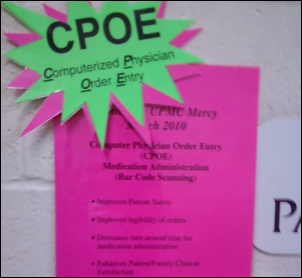

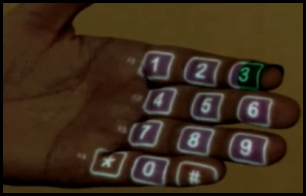
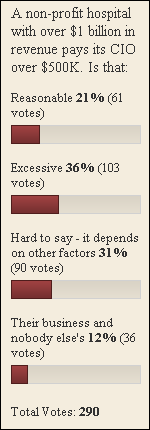
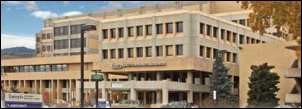
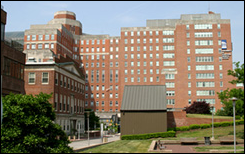



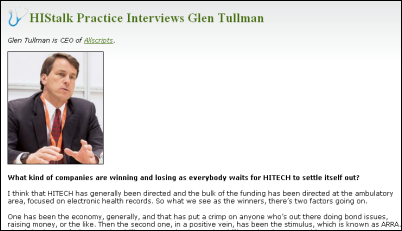

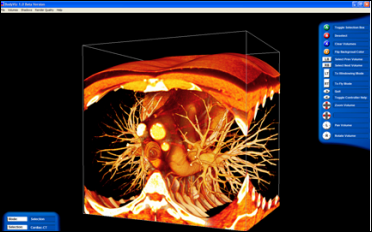

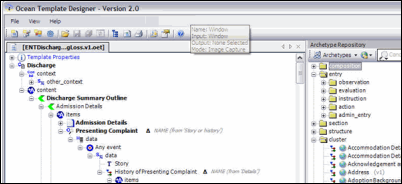

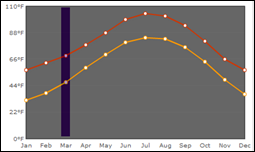

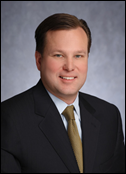






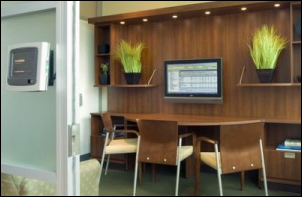





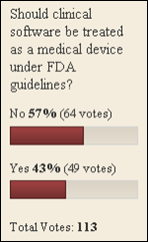
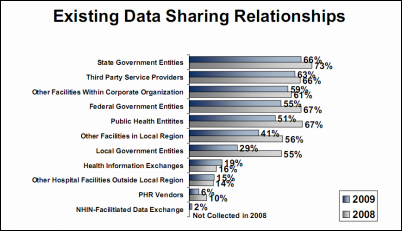
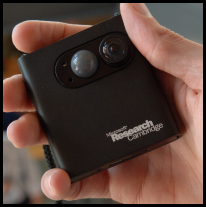




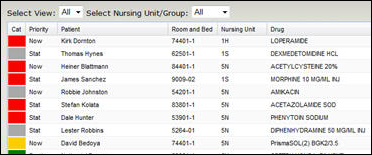
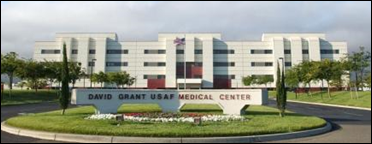


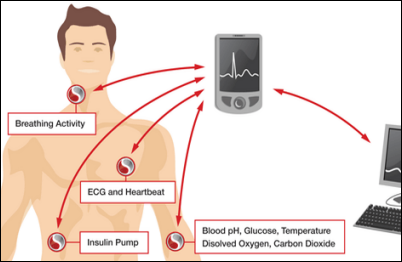
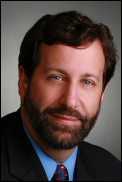

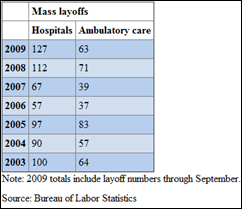
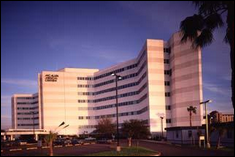
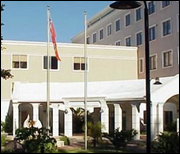

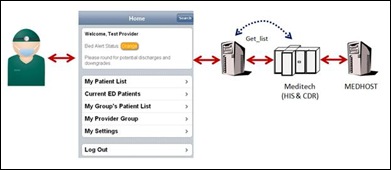

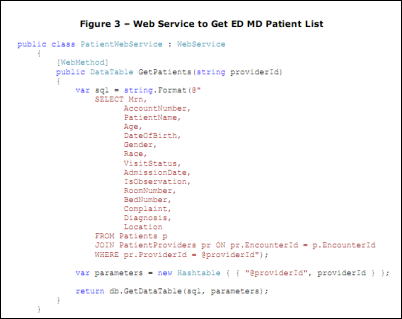
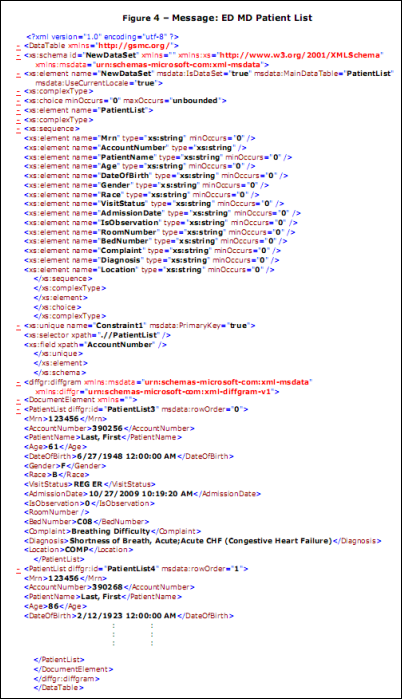

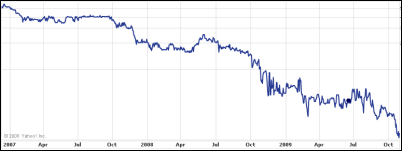


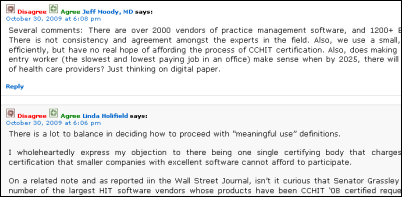
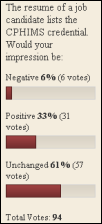
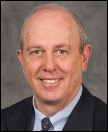


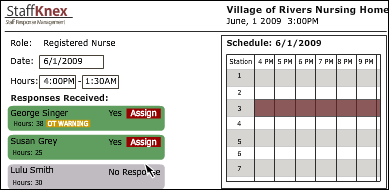
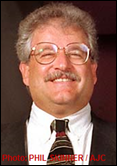

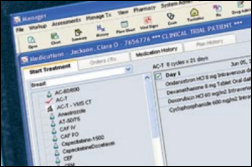

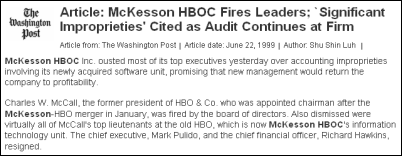




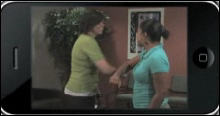

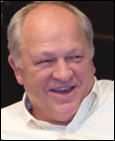



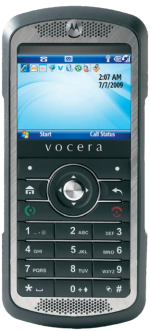
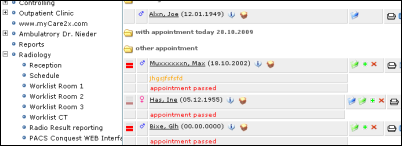


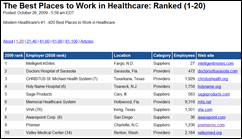


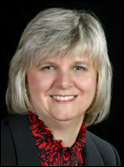
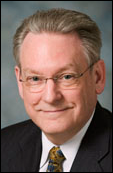
Merry Christmas and a Happy New Year to the HIStalk crowd. I wish you the joys of the season!